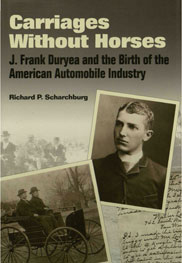Technical Paper
Design, Analysis, and Development Testing of Large Hood Plastic Mounted Trim Components
2011-04-12
2011-01-0490
Large hood mounted plastic trim components are subjected to complex and often extreme loading conditions. Typical loading conditions include solar and thermal cycling, as well as road and powertrain induced vibrations, aero lift and buffeting, and mechanical loads such as car wash. For the above components understanding and classifying the typical loading conditions is an essential and important step in achieving long term quality. This paper discusses different approaches to the design, analysis, development, and testing of plastic trim components. Samples of analysis and test results are presented to demonstrate how to identify and prevent the loss of the part function. Some useful guidelines and practices for addressing thermal expansion, dimensional variation, and redundancy in attachments are also discussed.

